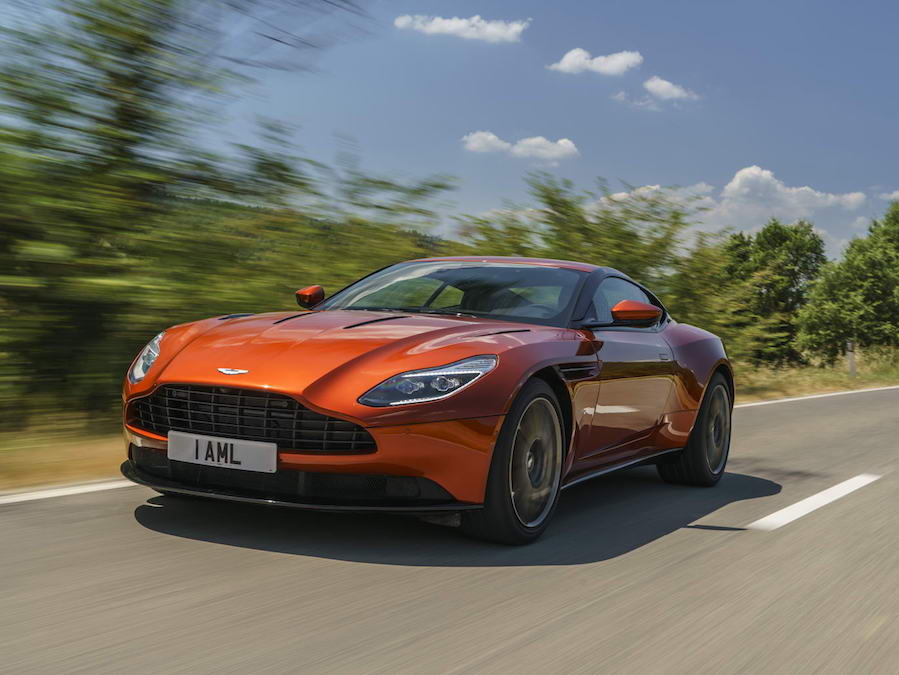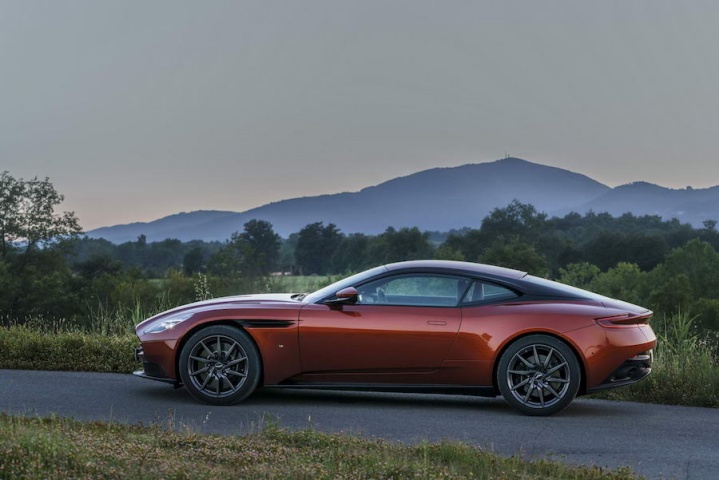Published on August 4, 2016
Aston Martin DB11 Coupe review
We've driven the new DB11, Aston Martin's 'most important car ever'.

Shane O' Donoghue
@Shane_O_D
@Shane_O_D




























